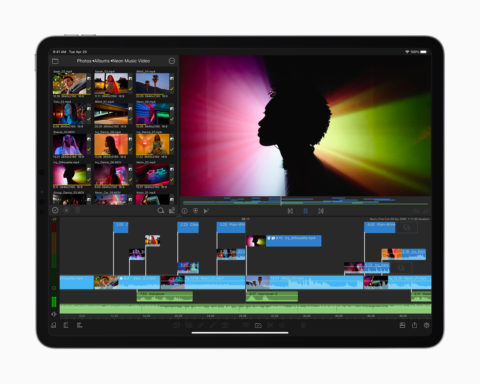Is the new iPad too much of a good thing?
On April 20, Apple announced the most powerful iPad Pro since last year’s iPad Pro – which was already plenty powerful. The 2020 model is capable of scything through 4K video, playing high-end games and dealing with the kind of brain-bending computational calculations required for AI-assisted photographic editing.
Apple is never one to rest on its laurels, though, and so we now have a new iPad Pro for 2021. It features an M1 chip, Thunderbolt connectivity, up to 16GB of RAM and up to 2TB of storage. It’s like someone sawed the keyboard off of a new MacBook Pro and replaced the display with a touchscreen. As a set of tech specs, it smacks of overkill, to the point you have to ask: does anyone really need this new iPad Pro?
Creative types will argue more power is always a good thing. A machine might be capable of amazing feats, but more headroom provides scope for longevity and use cases that no-one has yet thought of. It can be a driver for innovation and revolution. After all, the original iPad was positioned as something between a smartphone and a laptop; but for many people today, Apple’s tablet betters and replaces a desktop or laptop computer.

The third-party LumaFusion exists for iPad, but where are Apple’s own pro apps?
The snag is while fans might be ready for a more powerful iPad, we question whether Apple is. More specifically, iPadOS – the iPad’s operating system – and Apple’s first-party apps lag behind the hardware. The latest iPad brings us Thunderbolt, for connecting to external displays (including Apple’s own 6K beauty), and yet almost every app will only mirror to widescreen displays, leaving ugly black bars left and right of the app being used. When it comes to creativity, Apple gives us pro-grade tablet hardware but not the pro-grade Apple software to run on it. There’s no Xcode for iPad, to create new iPad apps. Logic Pro and Final Cut Pro – Apple’s high-end audio and video software – are not represented on Apple’s tablet. Third-parties fill the void to some extent, but in a world of increasingly connected Apple hardware, it’s strange to see Apple limit key software to the Mac.
It feels like we’ve seen only half of the picture, and that Apple’s summer developer conference, WWDC, will be where the pieces fall into place. At least we hope so. A few big announcements and Apple’s flagship iPad could be a truly modular computer – tablet, laptop or desktop, depending on whatever you’re doing at the time. Without them, Apple’s flagship tablet will remain impressive and hugely powerful – but be held back from fulfilling its true potential.

